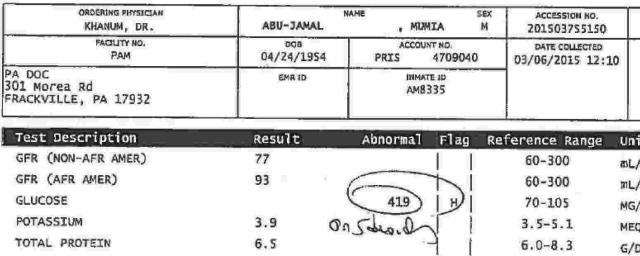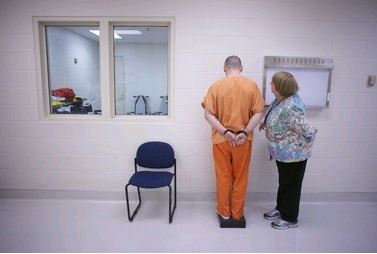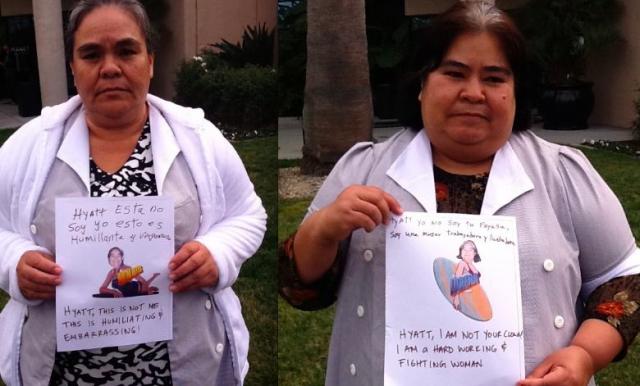Much like expensive red wines, many Facebook relationships, and Kanye West’s psychological state, the case of Texas House Bill No. 2 is complicated.
Last week the Supreme Court heard oral arguments for Whole Woman’s Health v Hellerstedt, one of the most pivotal cases in abortion law in decades. The plaintiff seeks to strike down Texas House Bill No 2, commonly referred to as HB2, legislation that was passed in 2013. It’s legislation that, under the guise of protecting the health of Texan women, has actually endangered their well being by restricting access to abortion services in Texas.
It will set a dangerous legal precedent if found constitutional. Not only will it impact abortion access, it could change the way we practice all of medicine.
HB2 is the most medically intrusive legislation that has ever been written. It placed several restrictions:
- Limits the gestational age of procedures to 21 weeks
- Requires that abortion centers must meet the standards of ambulatory surgical centers
- Requires that all abortion providers must have admitting privileges at a local hospital
- Requires that the medications that are used for medical abortion are given exactly as the FDA approved
HB2 is like Mylie Cyrus talking about race in America. At first blush her statements don’t seem completely unreasonable, but then you realize that she’s simply hiding her own sanctioning of a racist musical industry underneath a thin veneer of false caring, rainbows, and appropriated yoga mantras.
Similar nonsense is generated when legislators regulate abortion. The areas of expertise that most legislators have are writing rambling documents, shaking hands, and distributing little signs with their names on them. Nowhere in that list is medical care. HB2 is an attack on the rights of women under a thin veneer of false caring and flawed medical reasoning.
Supporters of HB2 say it’s meant to protect the well being of women, but the language of the bill demonstrates its true intent. The number of times the bill uses the word fetus, zygote, or embryo? Zero. The number of times it uses the phrase “unborn child” or “unborn children?” Twenty-seven. The number of times I heard a lecturer in medical school say the phrase “unborn child/ren?” Zero. The number of times I heard a lecturer in medical school say fetus, zygote, or embryo? Countless.

Furthermore, it is an attack on every American’s right to high quality healthcare.
Nowhere else in medicine are doctors told by the law exactly how to practice in such detail, and for good reason. Certainly there are quality measures that must be met such as standards around sterility, safety, and first aid, but there are no laws that get into the minutiae of when and how to prescribe a medication. Even when it comes to potentially lethal controlled substances such as methadone, the details of dose and timing is left up to a provider’s judgement.








